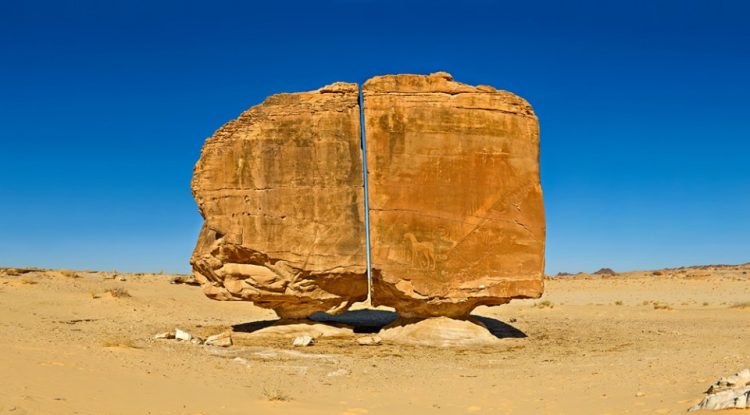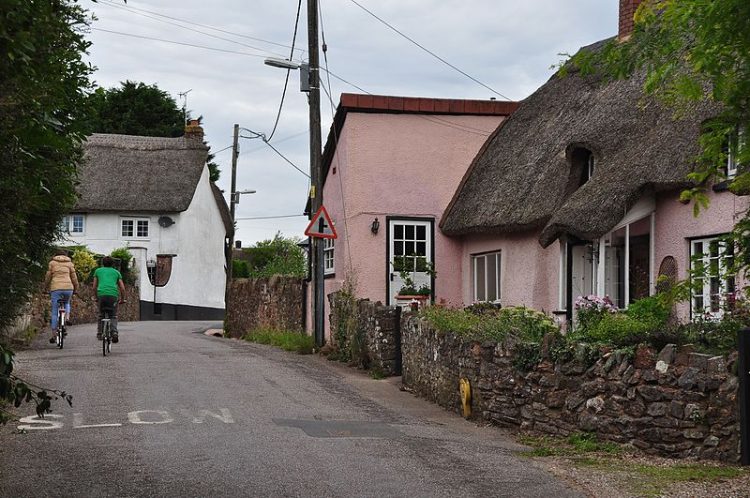Saudi Arabia’s Tayma Oasis is home to a 4,000-year-old geological mystery – a strange rock formation perfectly split down the middle with the precision of a laser beam.
The world-famous Al Naslaa rock formation is made up of two large sandstone boulders supported by a natural pedestal that appears much too small for its purpose. But what really draws people’s attention is the perfect split between the two boulders, which appears to have been done with a powerful laser beam. The almost flawless split has inspired lots of speculation on the internet, with some suggesting that Al Naslaa is proof that ancient civilizations may have been more advanced than history tells us.











